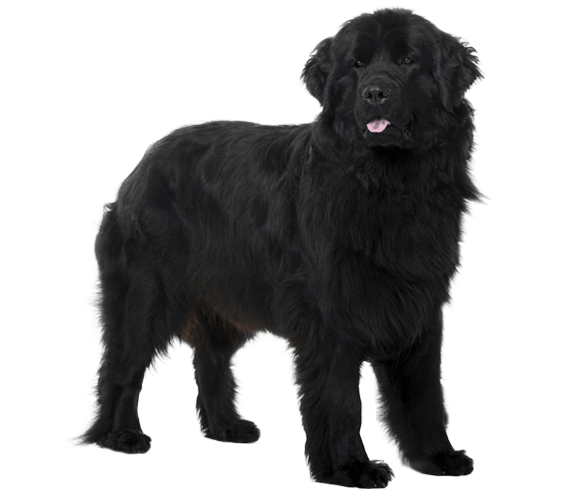Newfoundland Breed Maintenance
It is imperative that a Newfoundland be brushed around two times a week with a hard brush in order to avoid its fur becoming matted. One of the heaviest shedders of all dog breeds, the Newfoundland will shed the most during springtime. Dry shampoo is recommended so as to not remove the natural oils of the coat and baths should be given only when necessary for the same reason. The breed is messy when drinking and tends to drool significantly. While Newfoundlands enjoy laying around, dogs of the breed should get appropriate exercise (including swimming as frequently as possible). Newfoundlands cannot tolerate heat, doing better in colder conditions. On days when the temperature is high, it is important that there is access to fresh, cool water and appropriate shade. As a large dog, the Newfoundland does best with a fenced in yard and sufficient indoor space.






